- Intro
- What is 3D rendering?
- What is a 3D render?
- What is the purpose of 3D Rendering?
- Where is 3D Rendering used?
- Architecture
- Real estate
- Interior Design
- Advertising and marketing
- Development
- Entertainment
- How does 3D rendering work?
- Types of 3D rendering
- How to make 3D renders? Steps in 3D rendering
- Step 1. Understanding project
- Step 2. Selection of materials, colors, textures, etc.
- Step 3. 3D modeling
- Step 4. Light settings
- Step 5. Materials and textures settings
- Step 6. Rendering
- Step 7. Post-production
- Step 8. Refinement stage
- Step 9. Getting the final result
- Which software is best for rendering?
- Why use 3D rendering?
- 3D Rendering services
- Conclusion
Intro
Have you ever wondered how such realistic and stunning special effects in movies are created? Or maybe you were surprised by the incredible realism and beauty of images of various buildings in real estate catalogs, or new attractive products of various types in online stores? The secret is in professional 3D rendering.
Many industries nowadays cannot do without the use of 3D rendering services. It has become an integral part of the work of architects, designers, marketers, manufacturers, advertisers, and many others. Browsing social networks, flipping through magazines, or looking at billboards, you somehow came across 3D visualization. Such bright and photorealistic images evoke strong emotions and even the desire to buy an object or invest in it. This is also a great way to impress customers and share your ideas. 3D visualization has such a large-scale impact that we can talk about it for a long time. Therefore, we talked to experts in this field and prepared answers to the most frequently asked questions about 3D image rendering. So, keep reading to find out what is a 3D rendering, how to create 3D renderings, and what place 3D render design occupies in modern society.
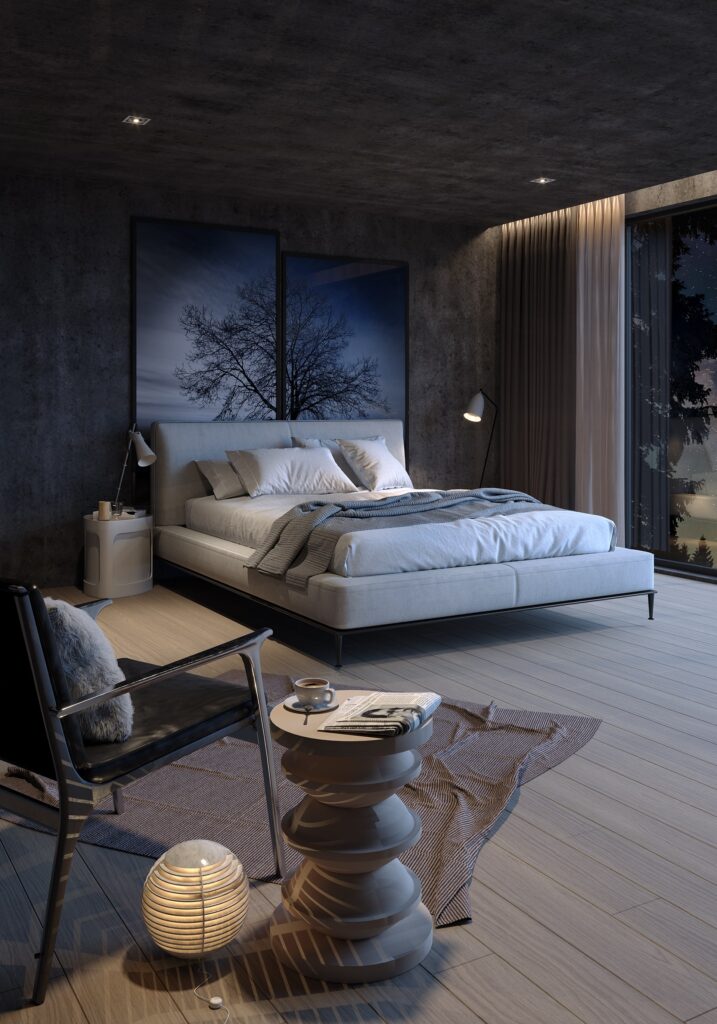
3D interior rendering by Applet 3D
Dusk light
3D interior rendering by Applet 3D
Day light
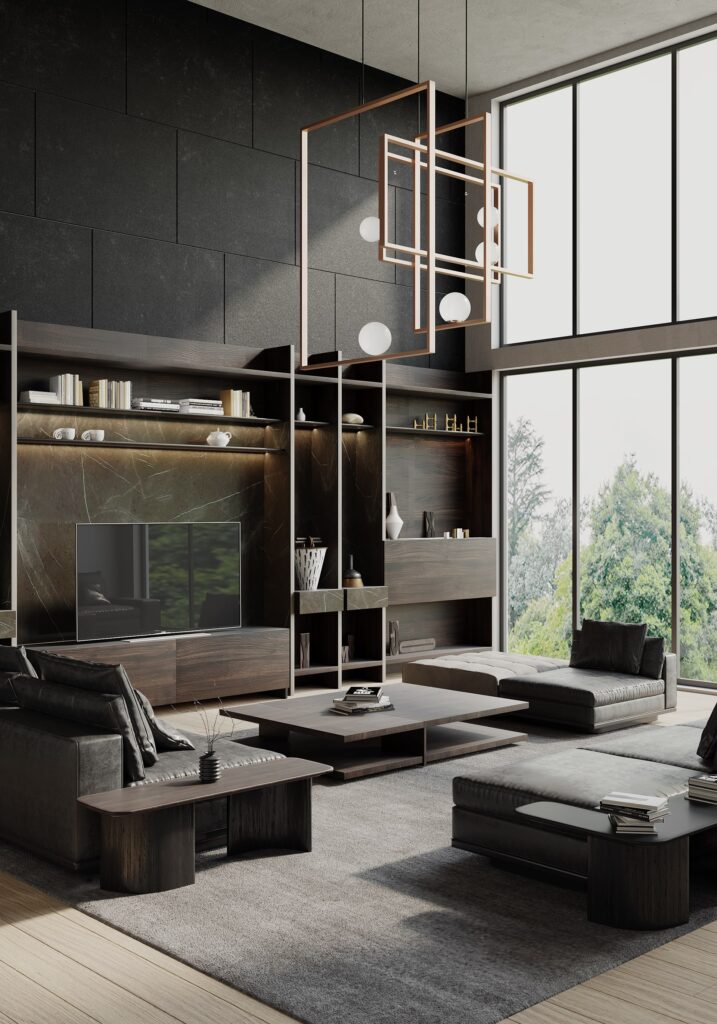
What is 3D rendering?
Let’s start with the 3D rendering definition. 3D rendering is the process of creating a flat raster image (or a sequence of several such images) based on 2D or 3D data, namely models and scenes created by the author (artist, modeler, motion designer, or others). Specialized software for 3D rendering analyzes all the data associated with the 3D model (color, texture, and material of a particular object), and converts them into a 2D image. Thus, rendering is the last stage of the 3D visualization process.
The 3D rendering process resembles photographing a model in a certain environment, from a chosen angle, and with the right lighting. 3D rendering can be realistic by adding natural elements such as atmosphere, lighting, shadows, color, and texture. Also, it can be added optical effects such as refraction of light or motion blur seen on moving objects. The model also may not be realistic and represent any other abstract image. These 3D or 2D renderings can be either static standalone images or stitched into finished animation or during real-time rendering.
3D modeling and rendering are so flexible and versatile that you can create just about anything imaginable with it. The most popular, however, remain Architectural visualization, Interior 3D renderings, and 3D product rendering. Also, 3D model rendering is often used to create virtual prototypes for entrepreneurs. This rendered 3D model directly contributes to sales growth. Online stores offer shoppers the ability to see all product settings and even change them in real-time. That is, with the help of interactive 3D visualization, the buyer can change the color of the product or the enabled features and immediately see what these changes will look like.
What is a 3D render?
3D render is not the rendering process itself, but rather the already completed stage of this process or its final result. Ready-made 3D renders can include geometric models of various 3D objects, buildings, landscapes, and animated characters.
What is the purpose of 3D Rendering?
The main purpose of 3D rendering is to create a realistic or non-photorealistic image that a customer or manufacturer can use for his purposes.
3D design rendering plays an important role in real estate marketing, architecture, advertising, interior design, and the design of various products and furniture. 3D renderings allow designers, architects, or developers to demonstrate at the idea stage what the finished project will look like. Besides, it is easy to make any changes to such a 3D model render.
3D rendering not only saves time and money for the customer but also allows you to see the whole picture of the future project, avoiding any misunderstandings with the customer. These are the main goals of 3D rendering.
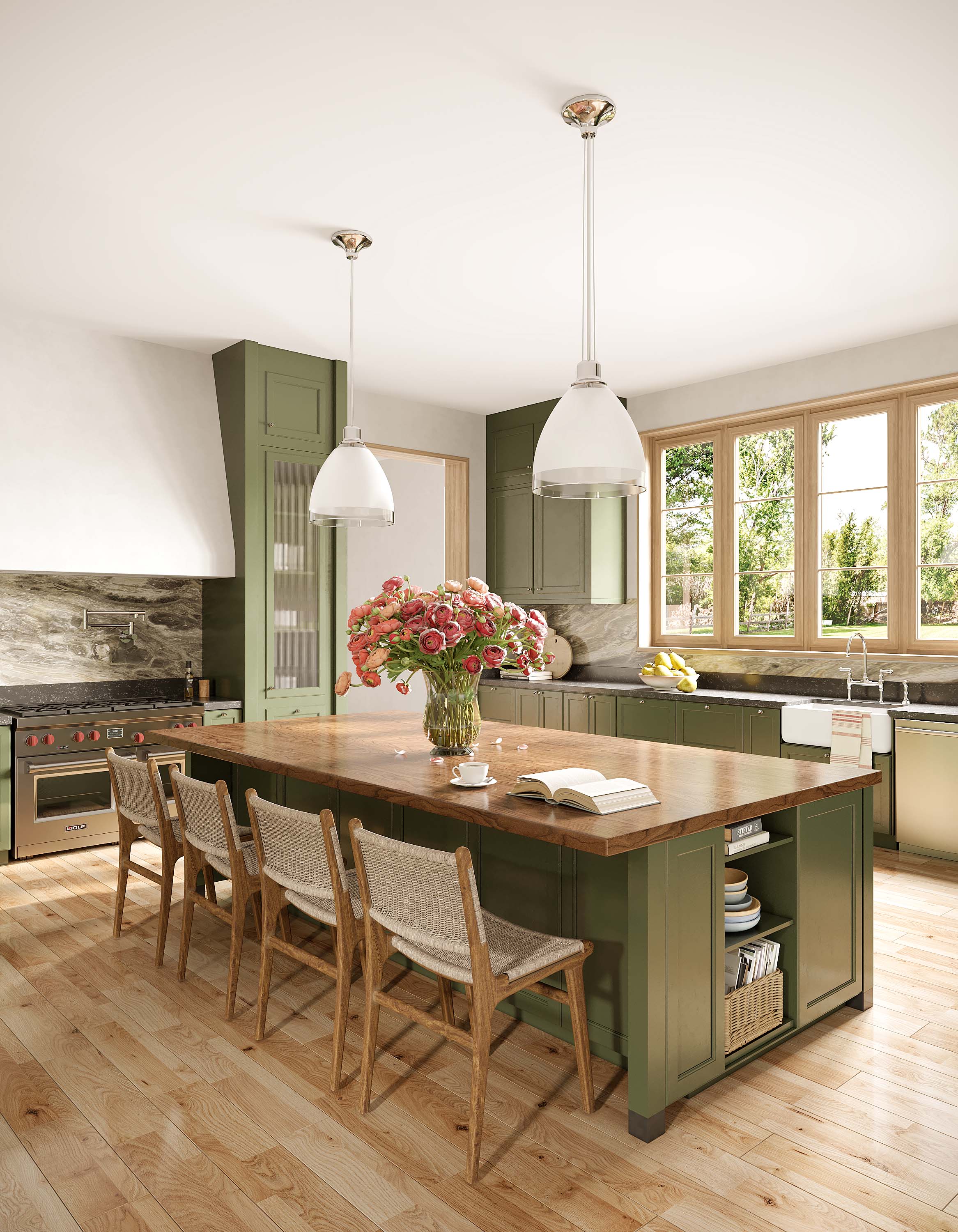
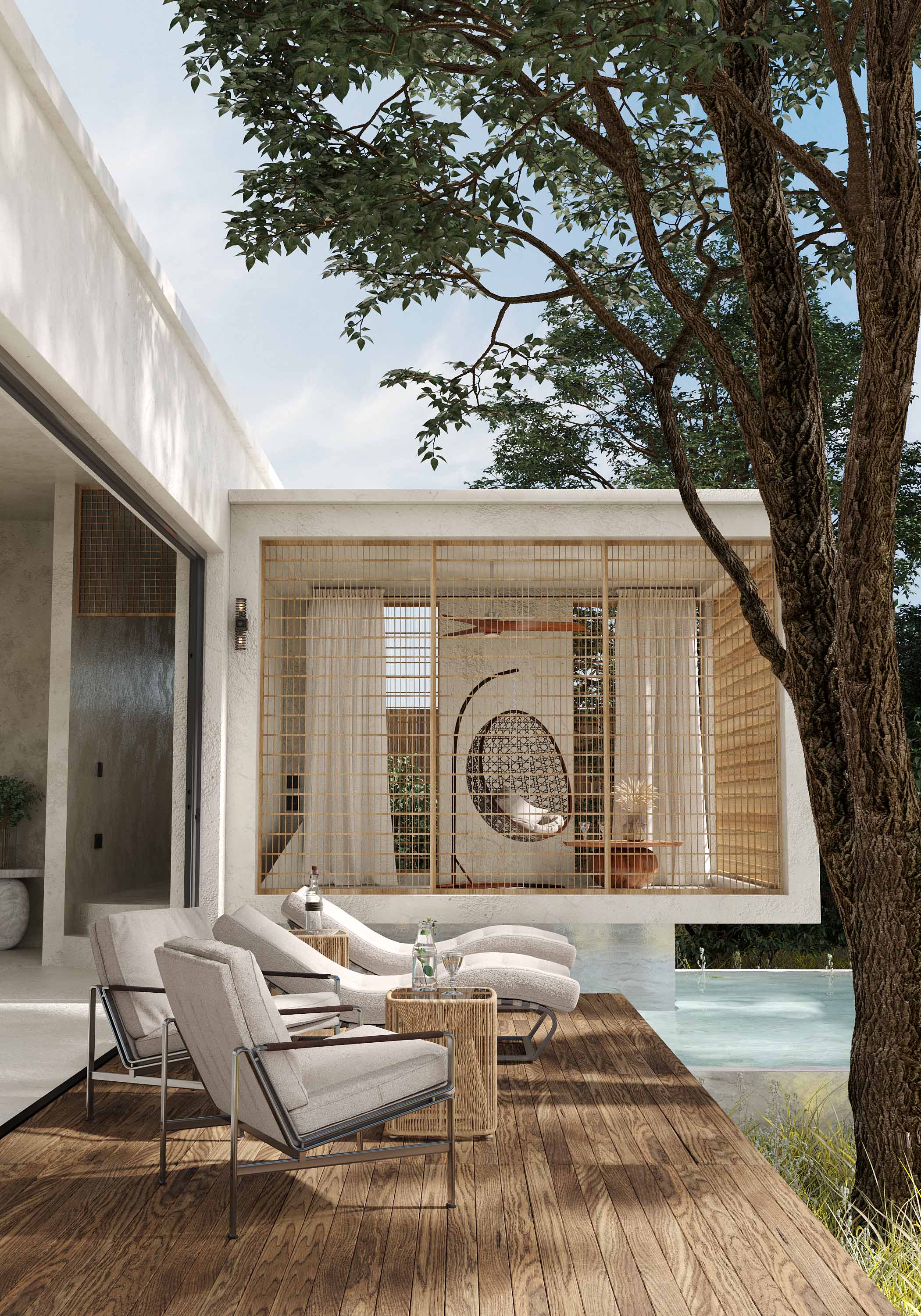
Where is 3D Rendering used?
From the film industry to video game development, 3D rendering is now used in many businesses. The most popular among them are:
Architecture
In the process of designing a building, 3D rendering art has a special place. It gave architects and designers new opportunities, allowing the client to convey his idea and vision of the project as clearly as possible and avoid misunderstandings. With architecture 3D renders there is no longer a need for incomprehensible customer drawings, and the future result is now visible in the palm of his hand. In addition, it is much easier to show how the building will fit into the environment. Learn more about Architectural 3D rendering.
Real estate
3D renderings make it easier for real estate agents to sell any house. Now it is enough to get high-quality or photorealistic 3D-rendered images of the house and show buyers how it will look after completion. Potential buyers can not only consider all the details of the future home but even take a virtual tour in or around the building. Check out our blog post on Real estate.
Interior Design
With the help of 3D rendering images, the designer can present several design options using different textures and color sсhemes for customers to choose from. He can also show the client 3D design renderings of the finished project and start working with complete confidence that they understood each other correctly. 3D rendering design helps to avoid any misunderstanding and possible disappointment with the result. Learn more about Interior 3D rendering.
Advertising and marketing
3D visualization is very popular in the field of marketing. The most spectacular, memorable photo or video ads, which enthrall viewers and for many years become a business card of the client company, is created using powerful 3D renderers (specialized software) by professional 3D rendering artists and whole teams of other specialists. In addition, such videos or images can be used on various Internet platforms and social networks, attracting more and more new customers and potential buyers or customers.
Development
Model rendering is widely used in product design and development. To avoid unnecessary rework or unforeseen difficulties, developers resort to creating virtual 3D models of products. Finished 3D model renders are virtually indistinguishable from real prototypes and fully demonstrate the product’s features, pros, and cons.
Entertainment
Finally, without 3D rendering, it would be impossible to create video games, cartoons and movies with the most impressive, “live” and realistic graphics. Depending on the artist’s intent, models and scenes are created in the desired style up to and including hyper-realism – when a computer-modeled image is difficult to distinguish from a photograph.
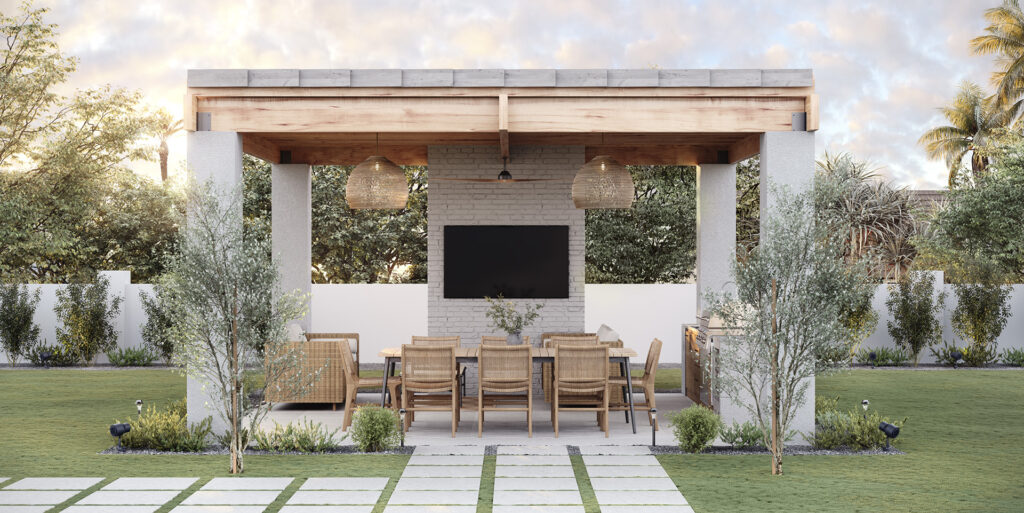
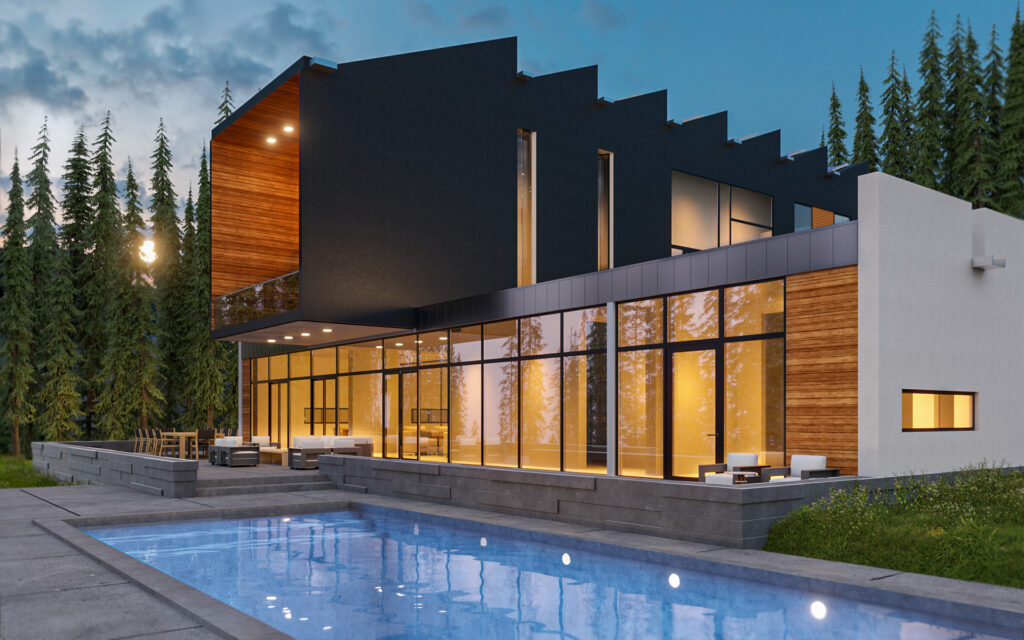
How does 3D rendering work?
To better understand 3D rendering meaning, let’s puzzle out how 3D rendering works.
The rendering engine performs a huge number of calculations according to predefined algorithms. Based on the mathematical data of the scenes and models that the render artist has created in the program, they are gradually processed and transformed into flat images.
During the processing, the models acquire clear lines, colors, shades, realistic shadows, and reflections due to physics and the location of other objects in the scene. Thus, their appearance becomes complete and whole, and every pixel of the image becomes refined. And the 3D render artist sees the result that he previously “drew” in his head.
Types of 3D rendering
When working on the creation of 3D renderings should distinguish two modes of rendering:
Pre-rendering is a rendering technique that is used in environments where speed does not matter, and the priority is placed on the detail and realism of the picture. This rendering technique is mainly used in animation and visual effects, where photorealism should be at its highest.
Real-time rendering is used mainly in interactive and game graphics, where images are processed at high speed and instantly appear on the screen as a complete picture.
Since it is impossible to predict exactly how the player will interact with the game environment, images must be displayed in “real-time” as the action unfolds.
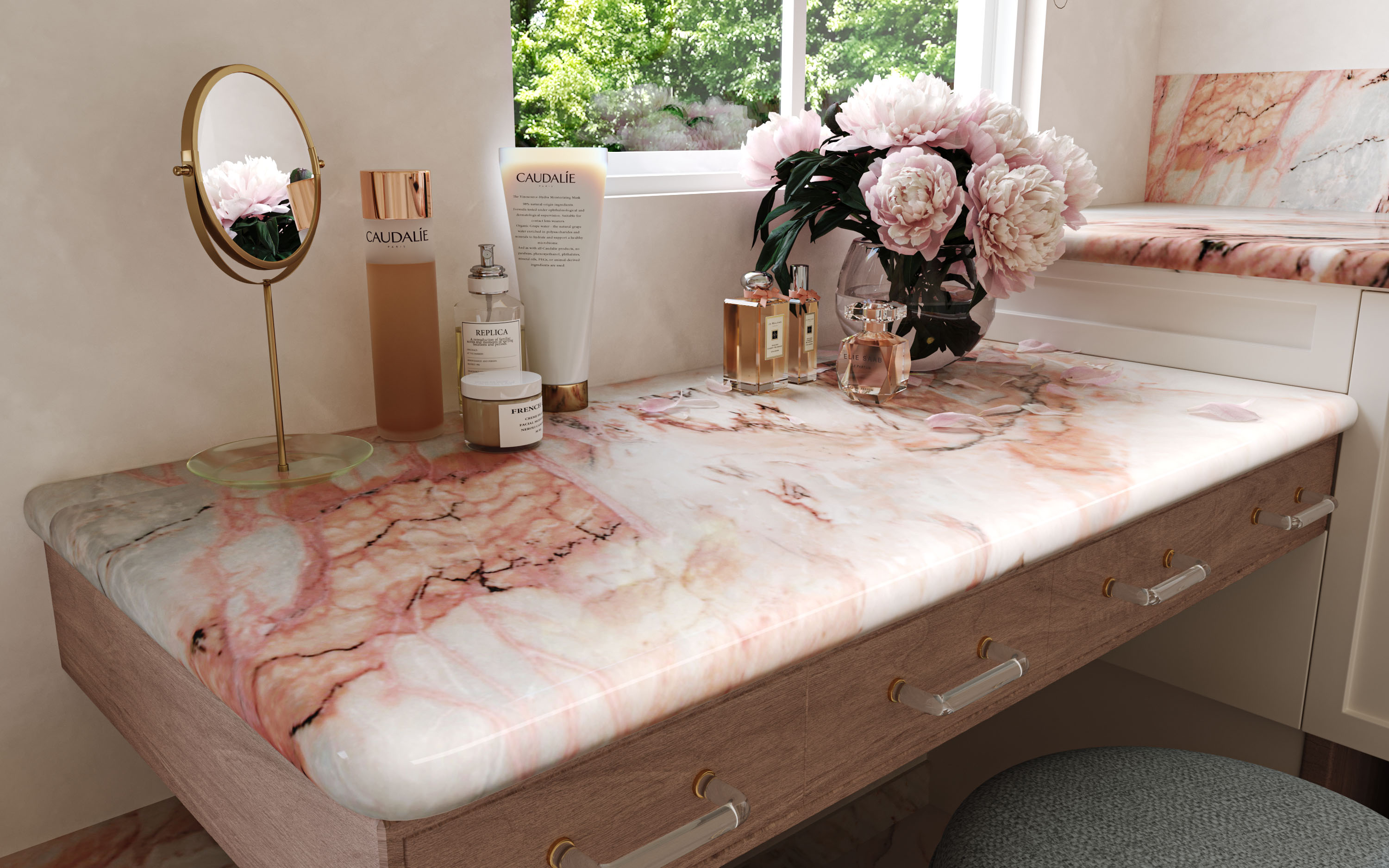
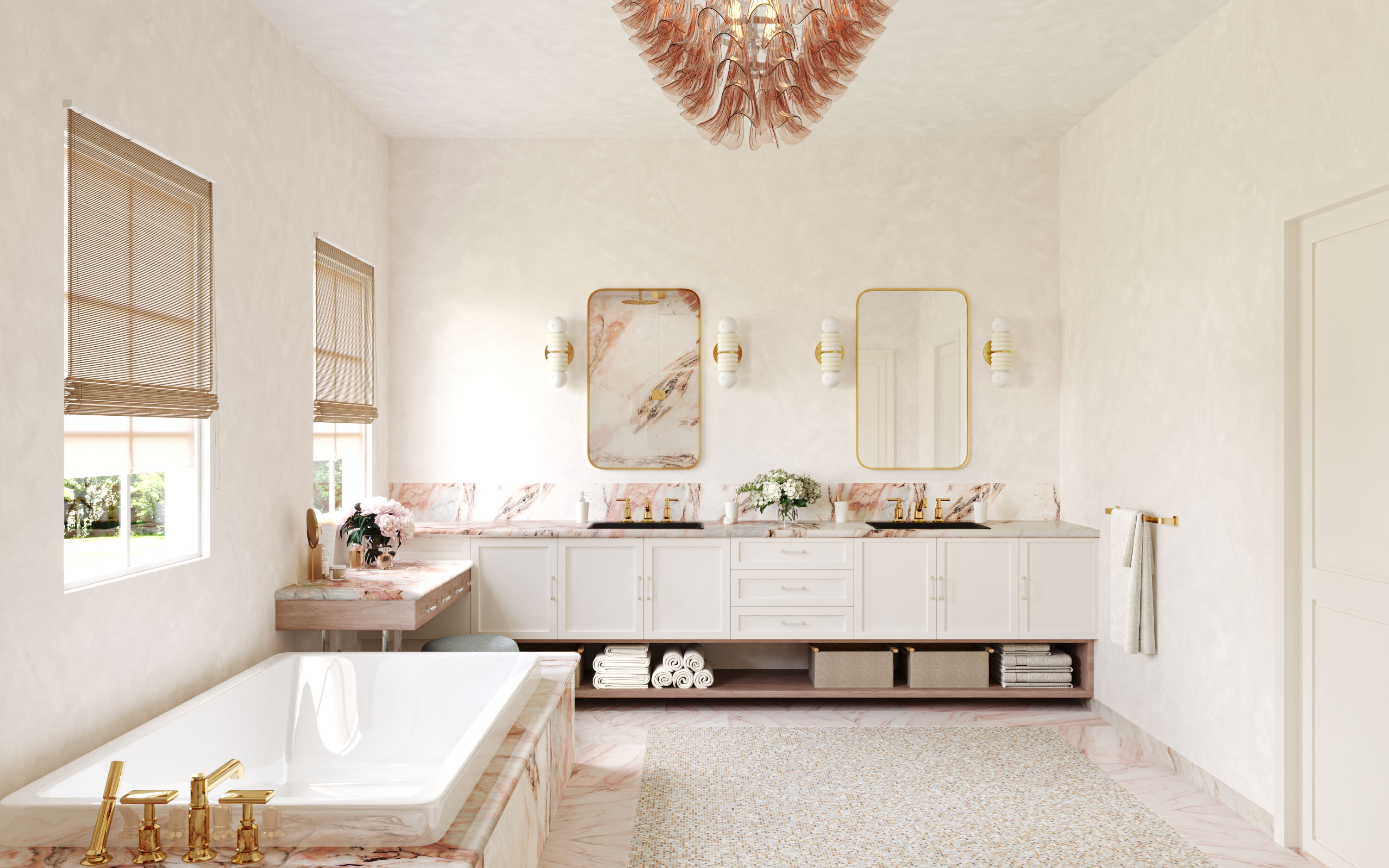
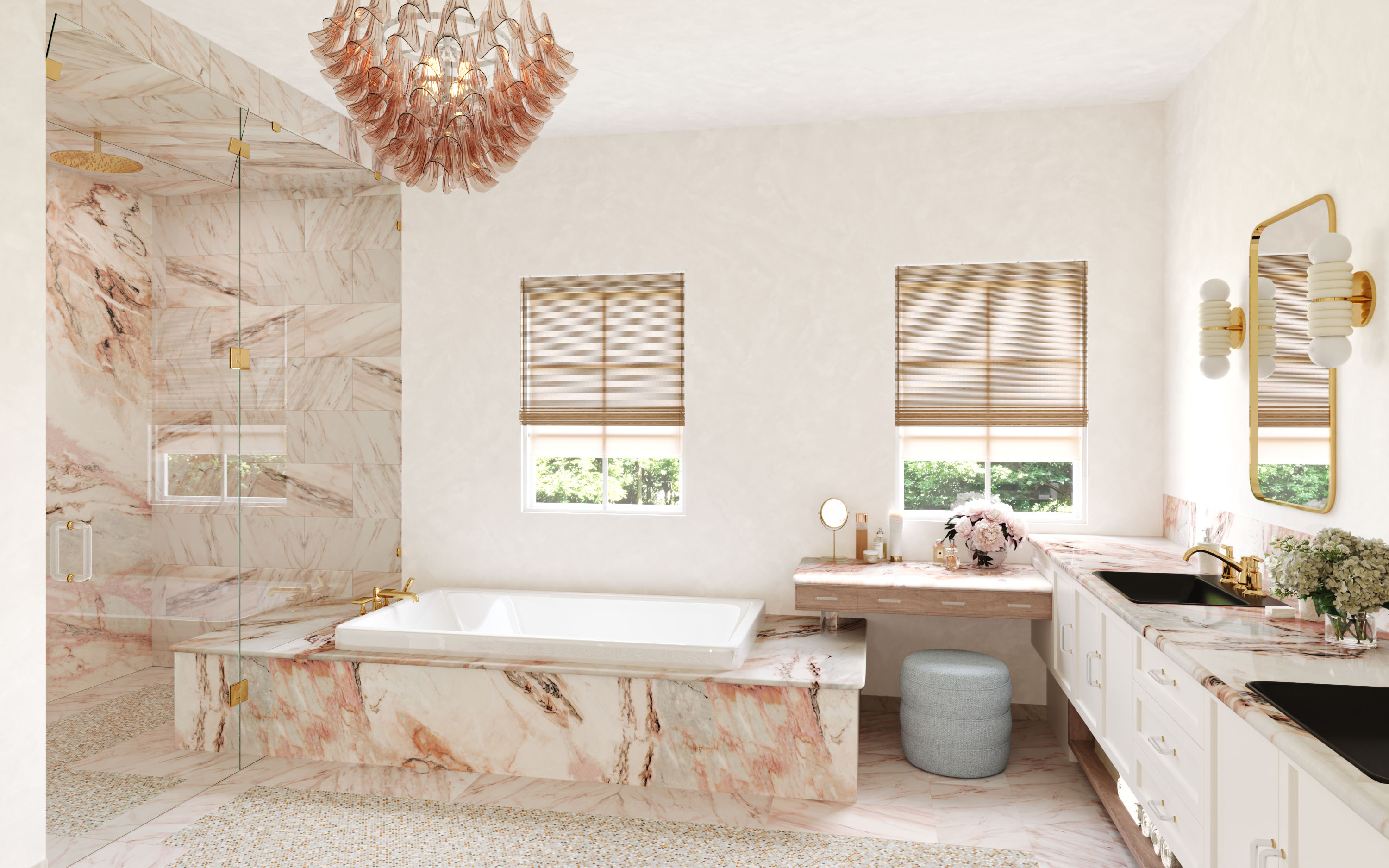
How to make 3D renders? Steps in 3D rendering
Let’s take a closer look at the 3D rendering process.
Step 1. Understanding project
Step 2. Selection of materials, colors, textures, etc.
Step 3. 3D modeling
3D modeling is the process of creating a three-dimensional digital representation of an object. Using special software, the rendering artist sets the location of the tops of the modeled objects and draws the edges of the shapes. Polygons are formed – convex polygons that consist of several connected points in space and form faces. Together, the vertices, edges, and faces form the polygonal mesh of the object.
At the modeling stage, the artist sets properties for each object and determines which vertices should be in a common plane, and which should be in different planes. Creates as many polygons as necessary for the required level of detail of the object – depending on the task and the idea; decides how and which textures to apply, and determines physical properties (mass, elasticity, etc.). Learn more about 3D modeling.Step 4. Light settings
Step 5. Materials and textures settings
Step 6. Rendering
As already mentioned, rendering in the 3D visualization process is the final stage. After creating 3D objects, adding textures and lighting, the 3D rendering begins. It is automatically performed by a computer program, which creates a “snapshot” of the scene from a given angle. The result is a 2D image of the 3D scene.
The rendering software can be used to create a single image or to quickly render multiple images to create the illusion of real-time motion.Step 7. Post-production
Step 8. Refinement stage
Step 9. Getting the final result
Which software is best for rendering?
There are many programs for rendering 3D models. However, for quality 3D visualization, it is worth understanding which solutions are best chosen. That is why we have prepared a special article for you with a list of the Best 3D rendering software. Follow the link and find the one that works best for you.
Why use 3D rendering?
Finally, when we understand the concept of 3D rendering and how to make a 3D rendering, we consider it necessary to highlight its main advantages.
Accurate and realistic design
Ability to see and show the object from different angles
Multiple design options
Adherence to realistic parameters
Highly detailed
Great marketing tool
Ability to make changes quickly
Reduces the likelihood of errors and mistakes
Opportunity to present the project before its start or completion.
Attracting new customers through beautiful and captivating visualizations.
3D Rendering services
3D rendering services are so diverse that we can talk about them as much and as long as the 3D rendering itself. We offer you to get acquainted with each of these services separately and our approach to each of them.
Conclusion
3D rendering is the real art of creating unique graphic elements in the field of architecture, design, interior, and construction with the maximum level of realism. Volumetric models of various objects are distinguished by their detailed and precise elaboration. The work is carried out using professional and special software and rendering applications. Computer renderings are most often used for demonstration purposes at various exhibitions, presentations, and conferences. 3D image rendering allows us to see the initial design idea, future projects, and any non-existent or existing, but invisible to us objects. It let you visually demonstrate the novelties of various goods – from food products and their packaging to new models of technology. Furthermore, 3D render images also contribute to attracting new clients by creating visual presentations and beautiful pictures.
In this article, we tried not only to define 3D rendering but also to explain how to render 3D models and why this process is so important. So, if you are interested in promoting your product, attracting new customers or investors, or simply want to compete in your field, 3D rendering is exactly what you need. If you are looking for an experienced and trustworthy company to provide high-end 3D rendering services, Applet3D is here for you. Let’s get your project moving.
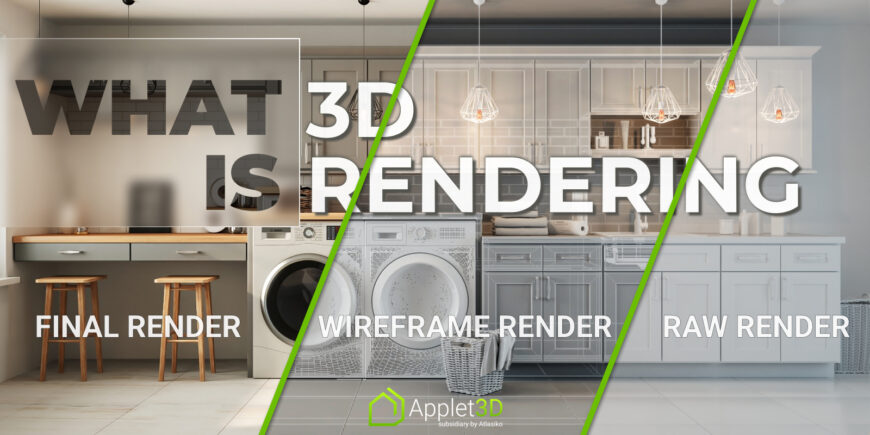
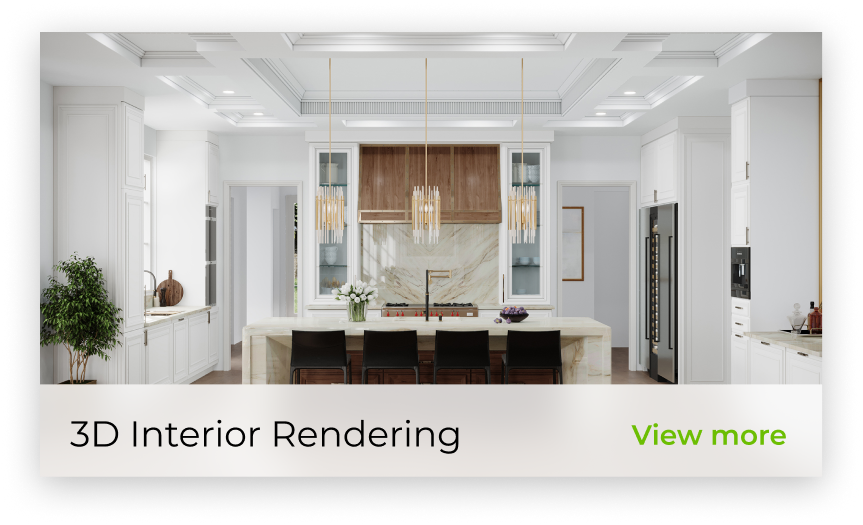
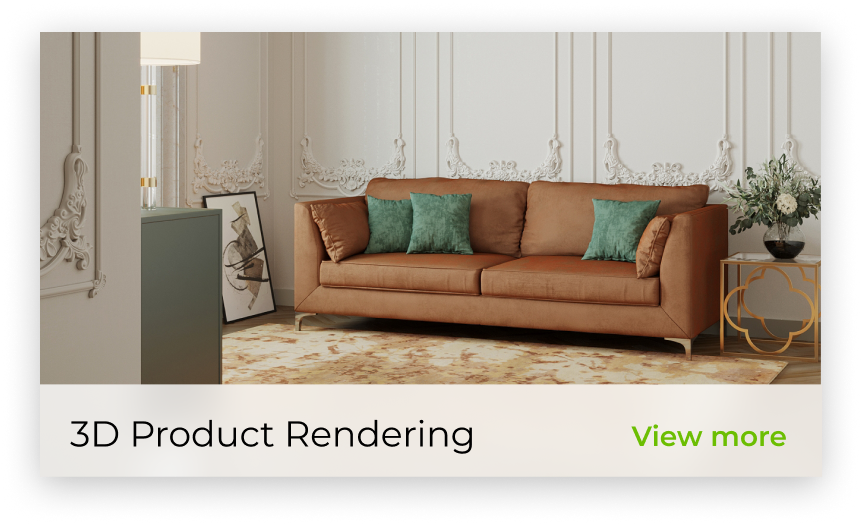
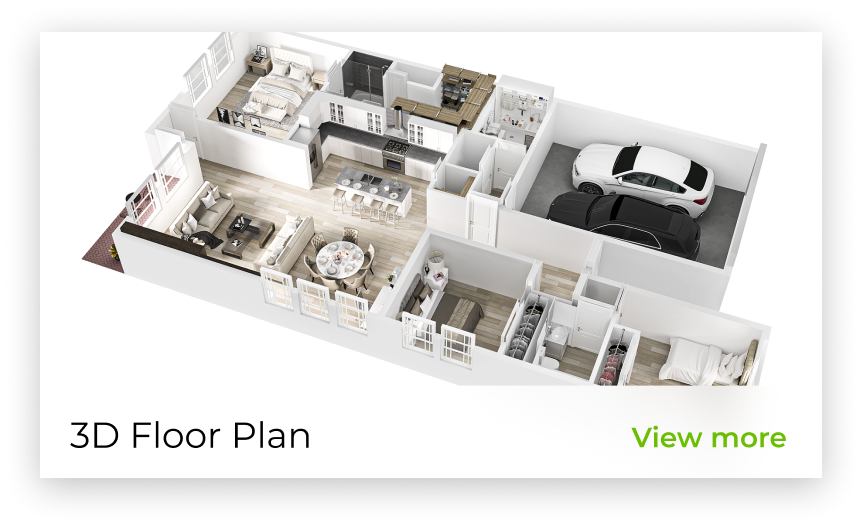
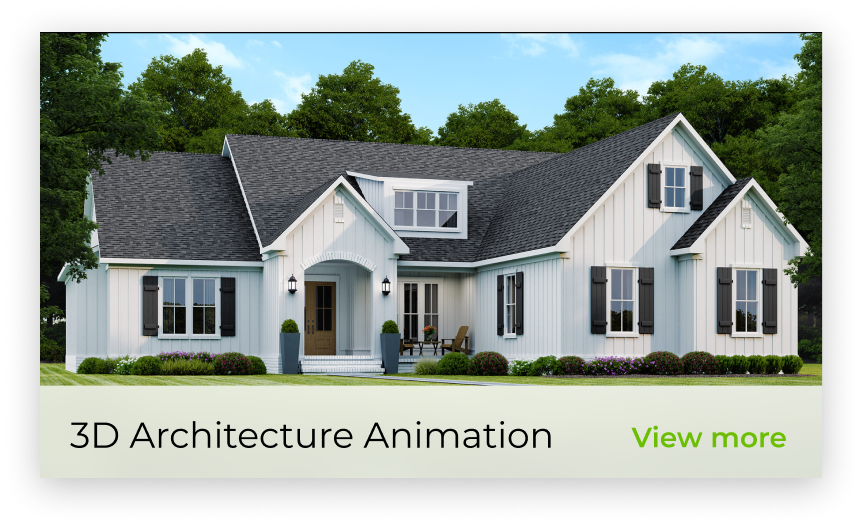
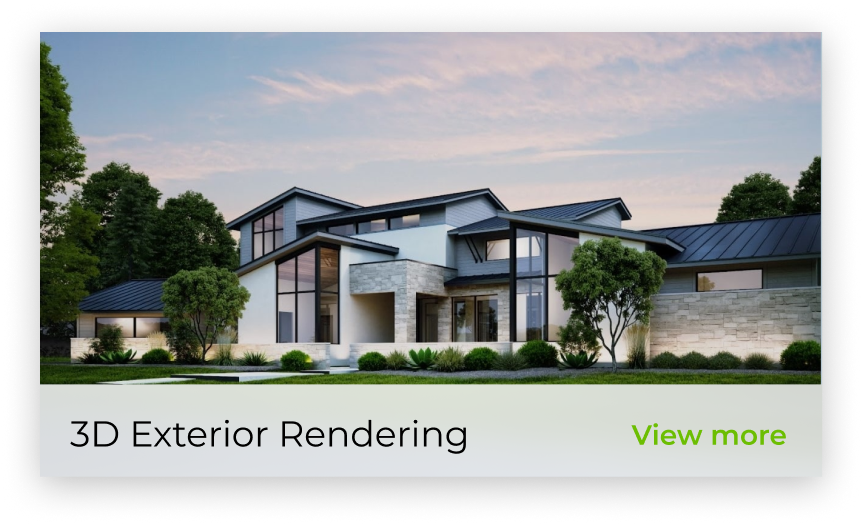
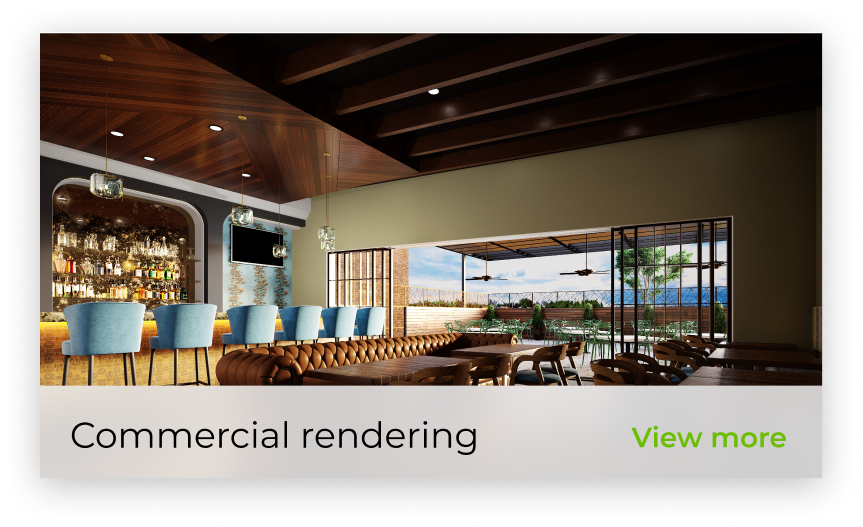
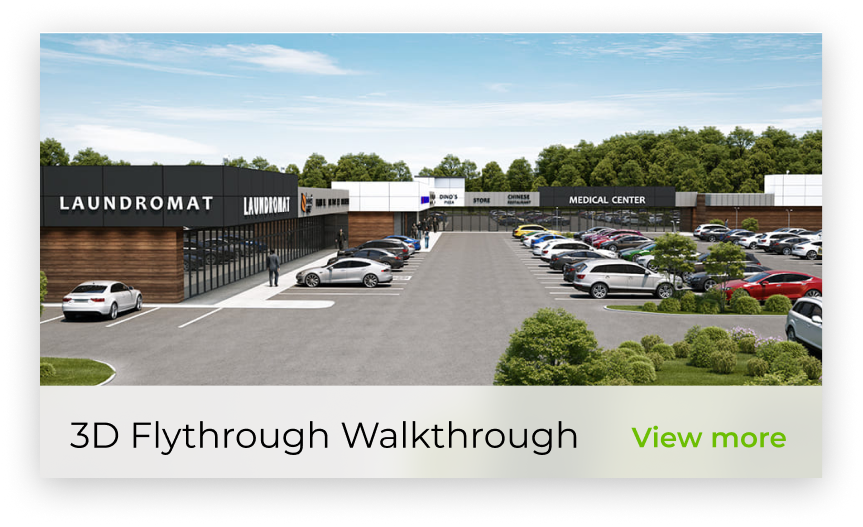
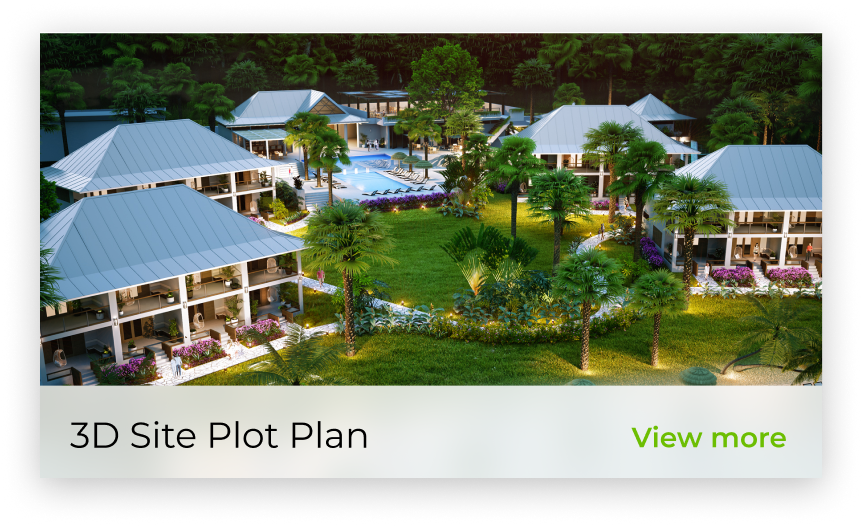



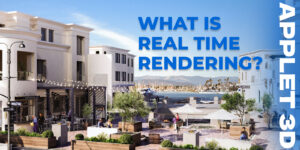




Regards for this marvellous post, I am glad I observed this site on yahoo.
Thanks a lot! Have you read our other blog posts?
Excellent post. I definitely appreciate this website. Thanks!
Hi, Roman! Thank you for such great feedback. Glad you appreciate our website. Maybe you have any idea about the next blog post?